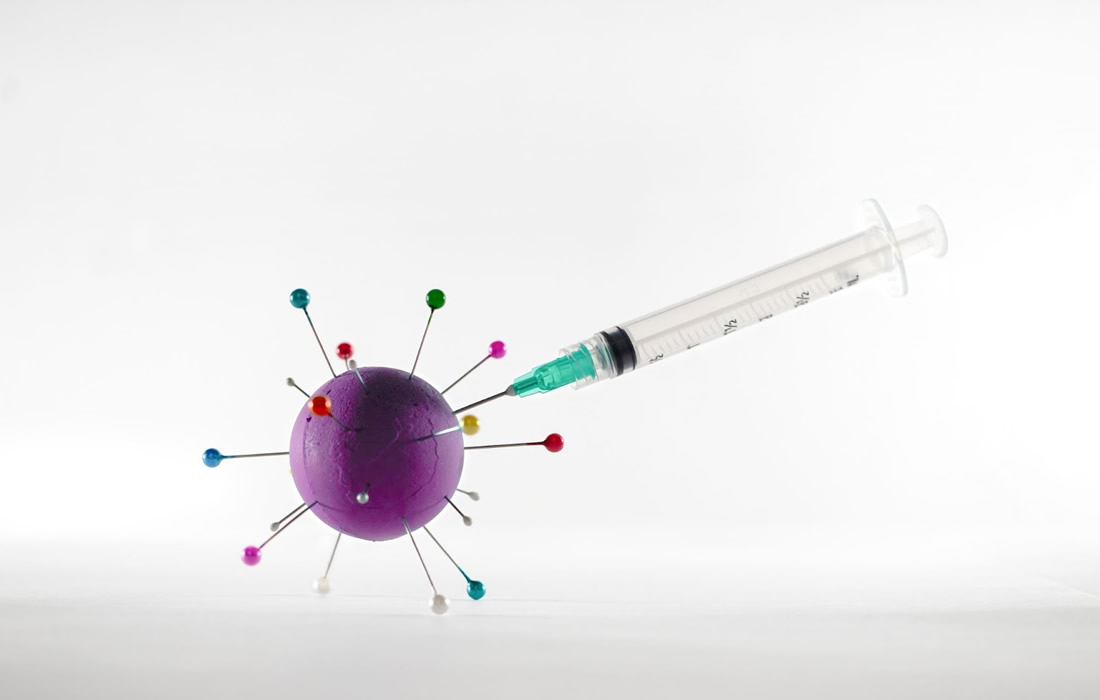Regenerative Medicine News and General Information
Inactivating Common Cold Viruses
The team from the Department for Molecular and Medical Virology at Ruhr University Bochum has explored ways to reduce the risk of infection for viruses . Their findings show that alcohol-based hand sanitizers and commercially available surface disinfectants provide good protection against transmission of the virus via surfaces.
Some viruses are known to remain infectious for a long time on surfaces. To determine this period for RSV, the Bochum-based virology team examined how long the virus persists on stainless steel plates at room temperature. “Even though the amount of infectious virus decreased over time, we still detected infectious viral particles after seven days,” says Dr. Toni Luise Meister. A test of five surface disinfectants containing alcohol, aldehyde and hydrogen peroxide showed that all cleaning agents inactivated the virus effectively on surfaces.
Likewise, hand sanitizers recommended by the WHO showed the desired effect. “An alcohol content of 30 percent was sufficient: we no longer detected any infectious virus after hand disinfection,” points out Toni Luise Meister.
The risk of contracting the virus from an infected person decreases if that person rinses their mouth for 30 seconds with a commercial mouthwash. The lab tests showed that three mouthwashes for adults and three of four mouthwashes designed specifically for children reduced the amount of virus in the sample to the point that the virus could no longer be detected.
“If we assume that these results from the lab can be transferred to everyday life, we are not at the mercy of seasonal flu and common cold, but can actively prevent infection,” concludes Toni Luise Meister.
Sources:
Toni Luise Meister, Martina Friesland, Nicola Frericks, Martin Wetzke, Sibylle Haid, Joerg Steinmann, Daniel Todt, Thomas Pietschmann, Eike Steinmann. Virucidal activity of oral, hand and surface disinfectants against respiratory syncytial virus. Journal of Hospital Infection, 2023; DOI: 10.1016/j.jhin.2023.08.009
Ruhr-University Bochum. “How to inactivate common cold viruses.” ScienceDaily. ScienceDaily, 5 September 2023. <www.sciencedaily.com/releases/2023/09/230905125043.htm>.
Images from:
Photo by Ivan Diaz
https://unsplash.com/photos/_ts3NfjvaXo

